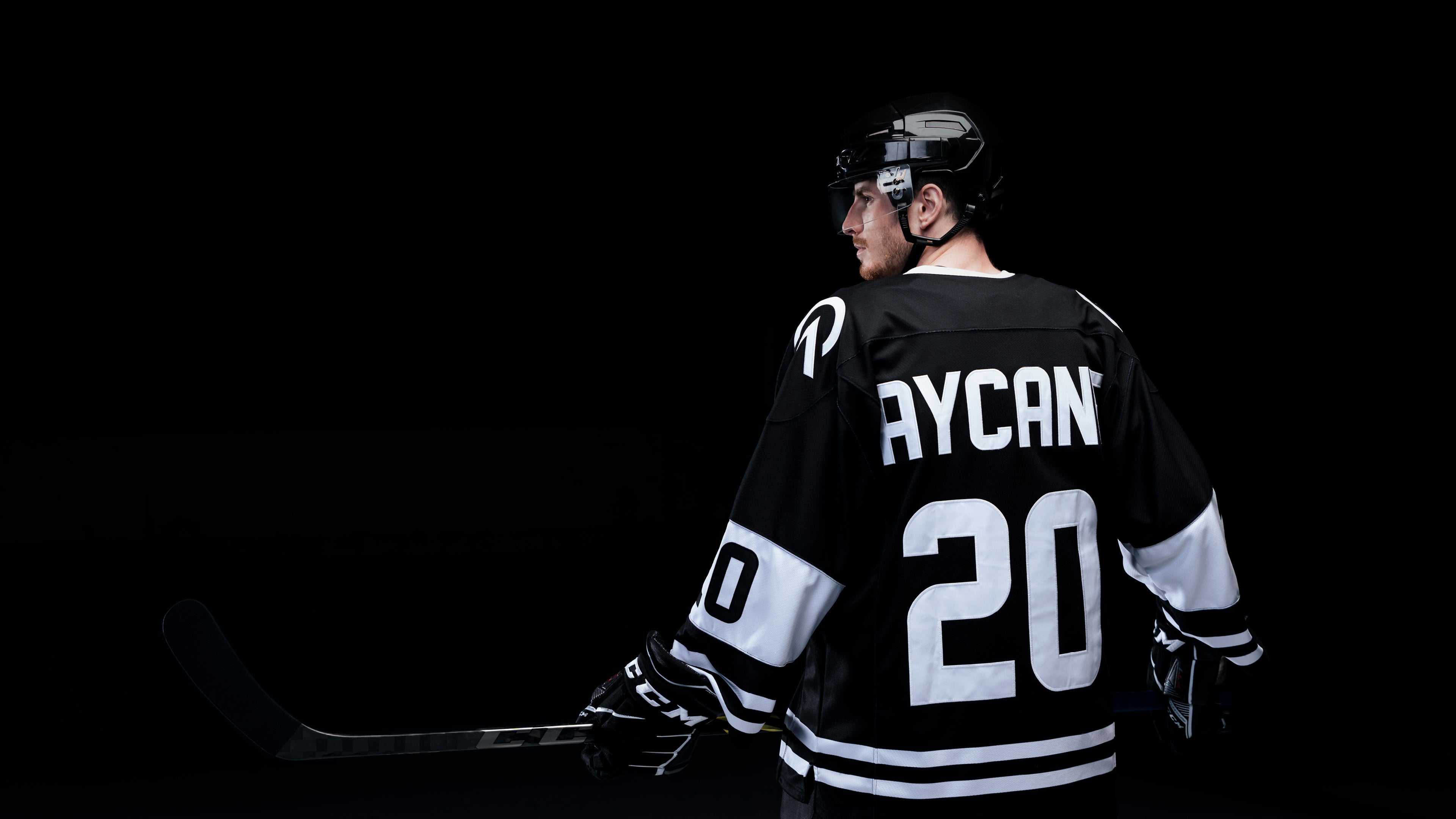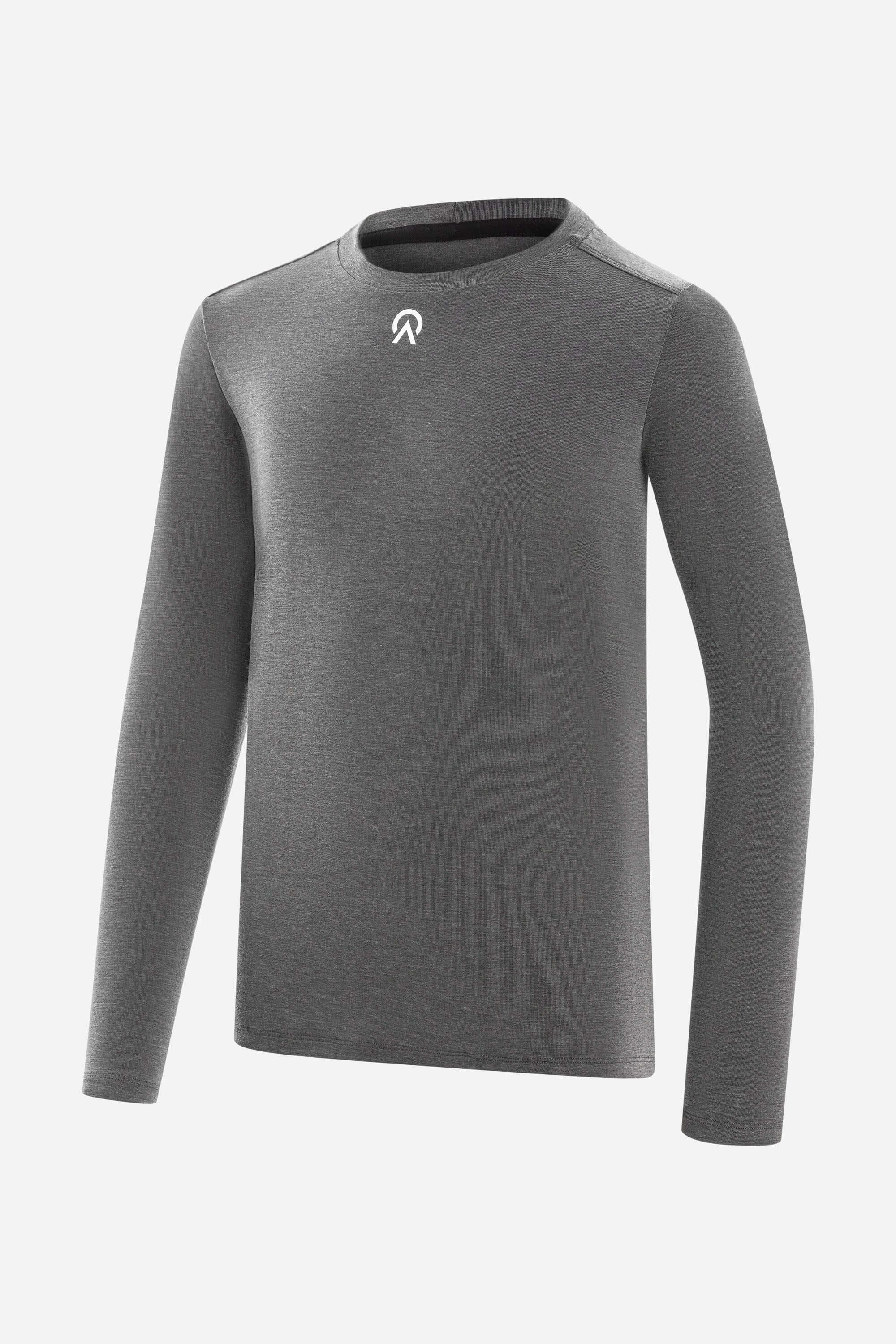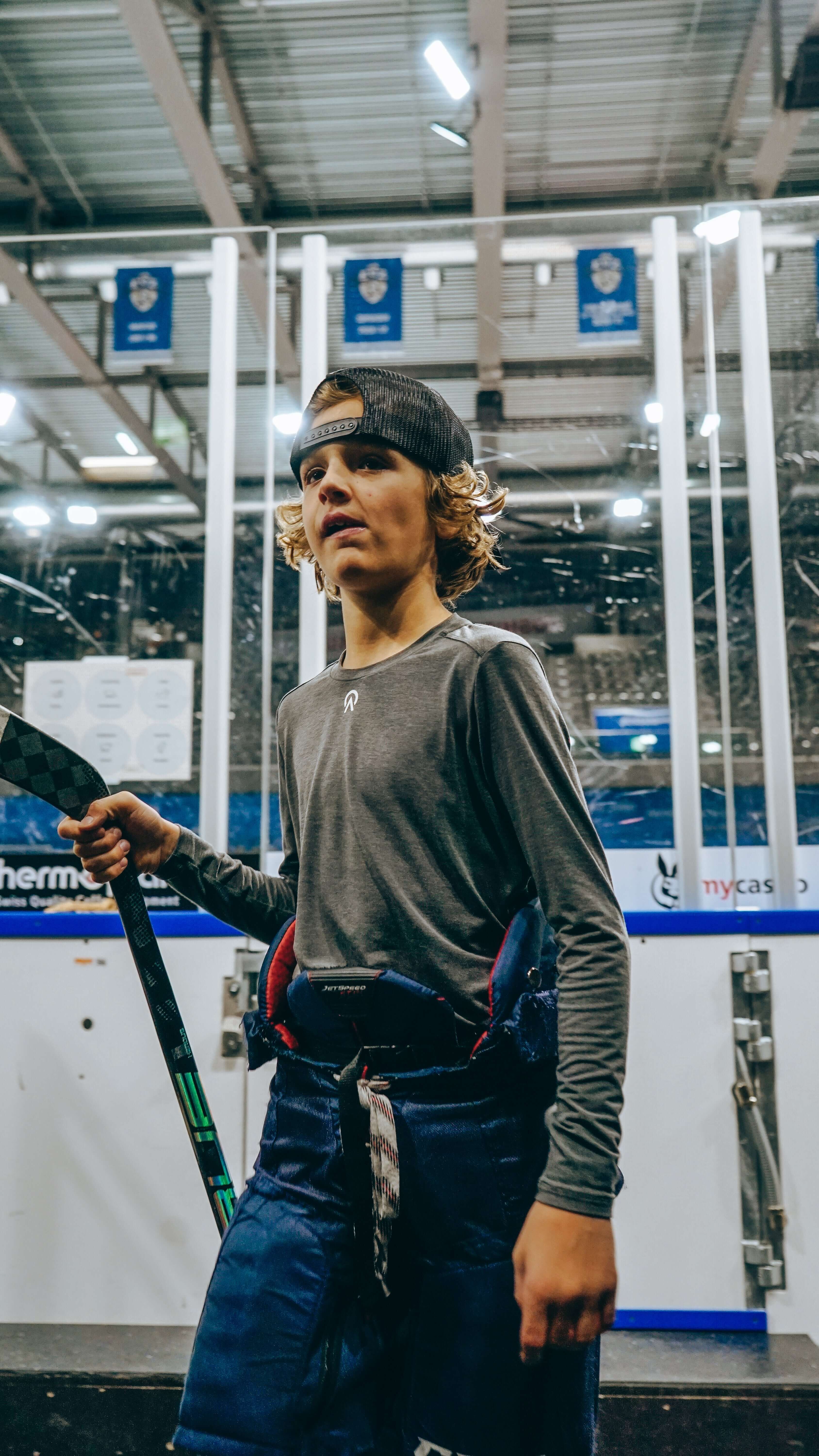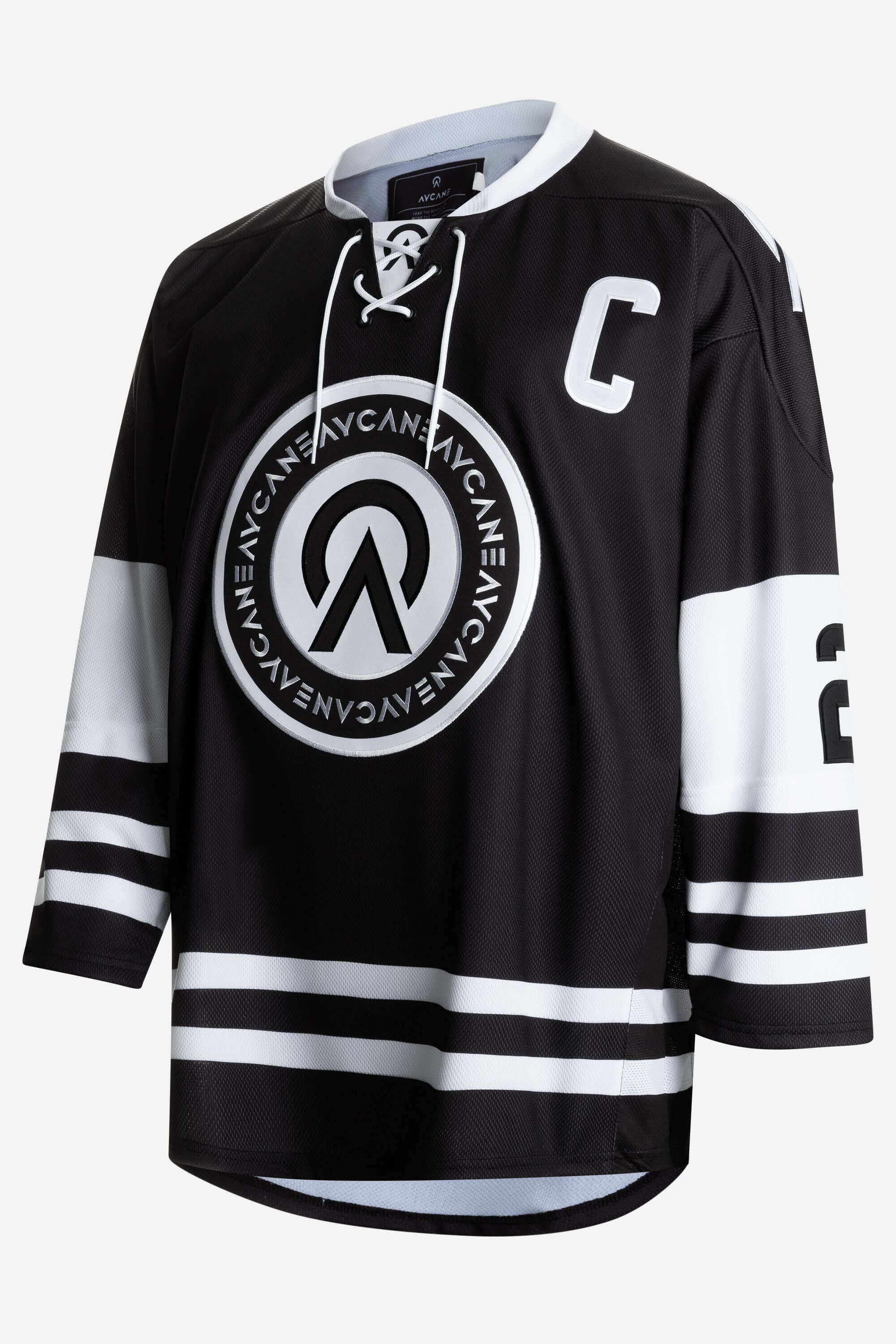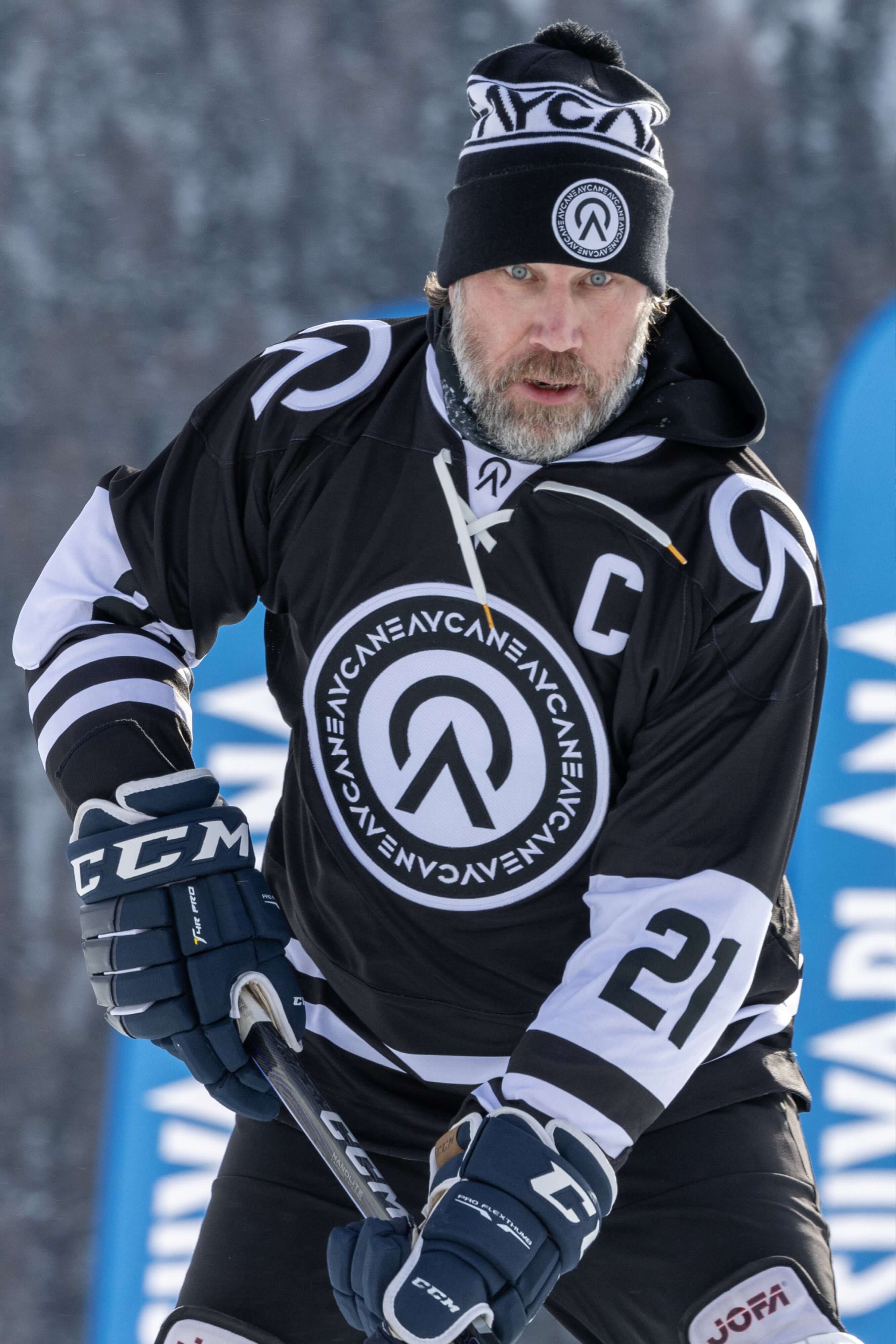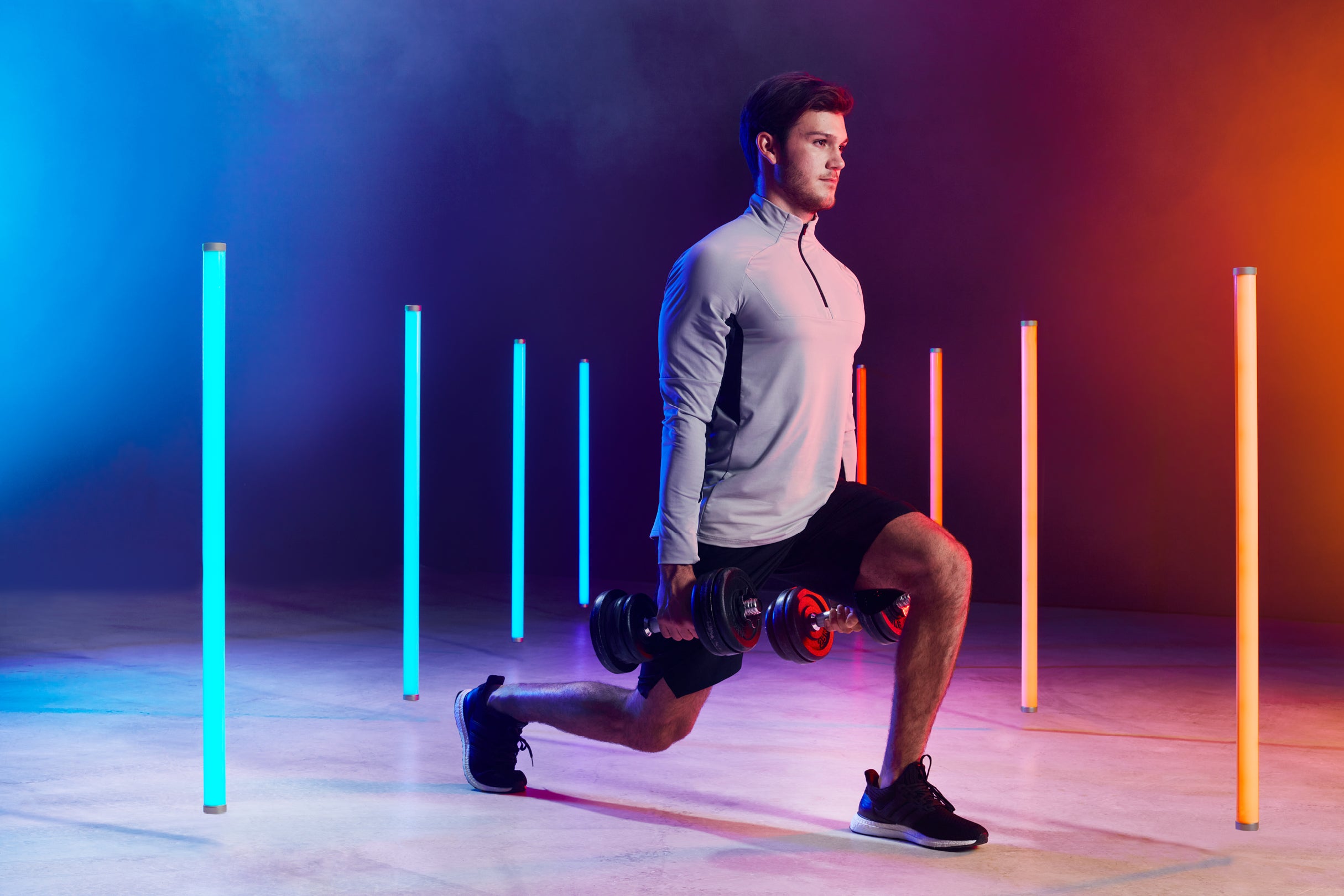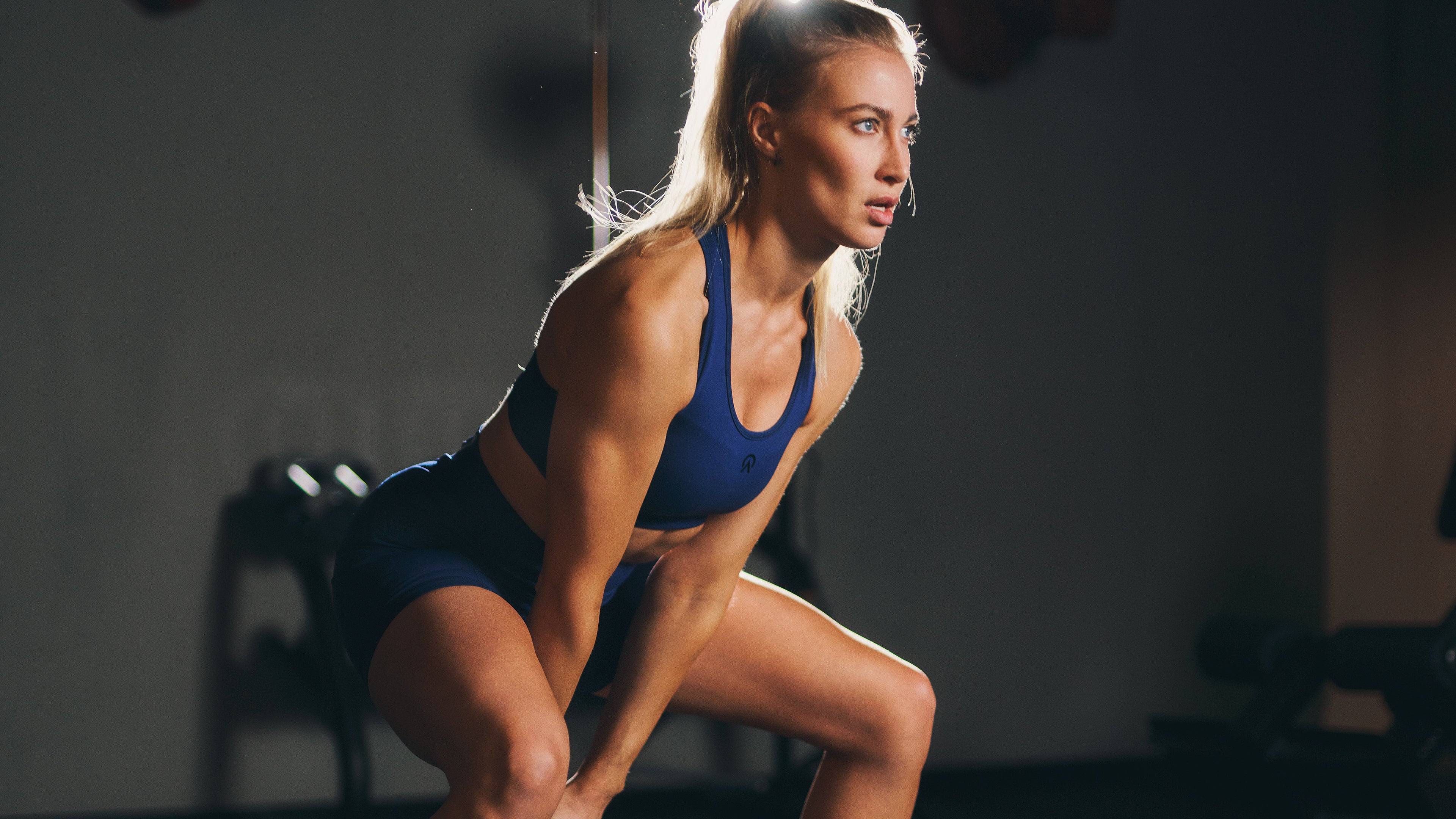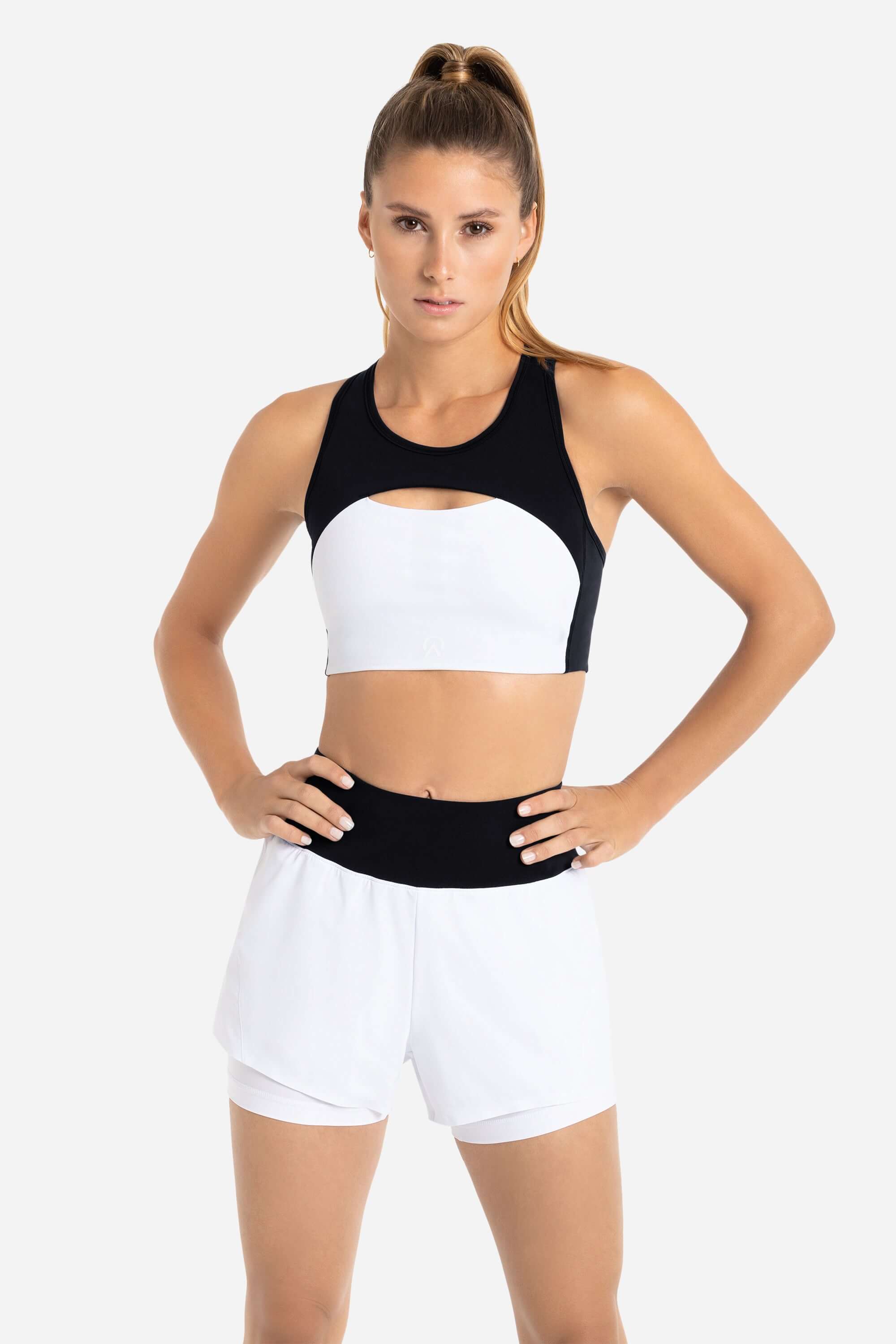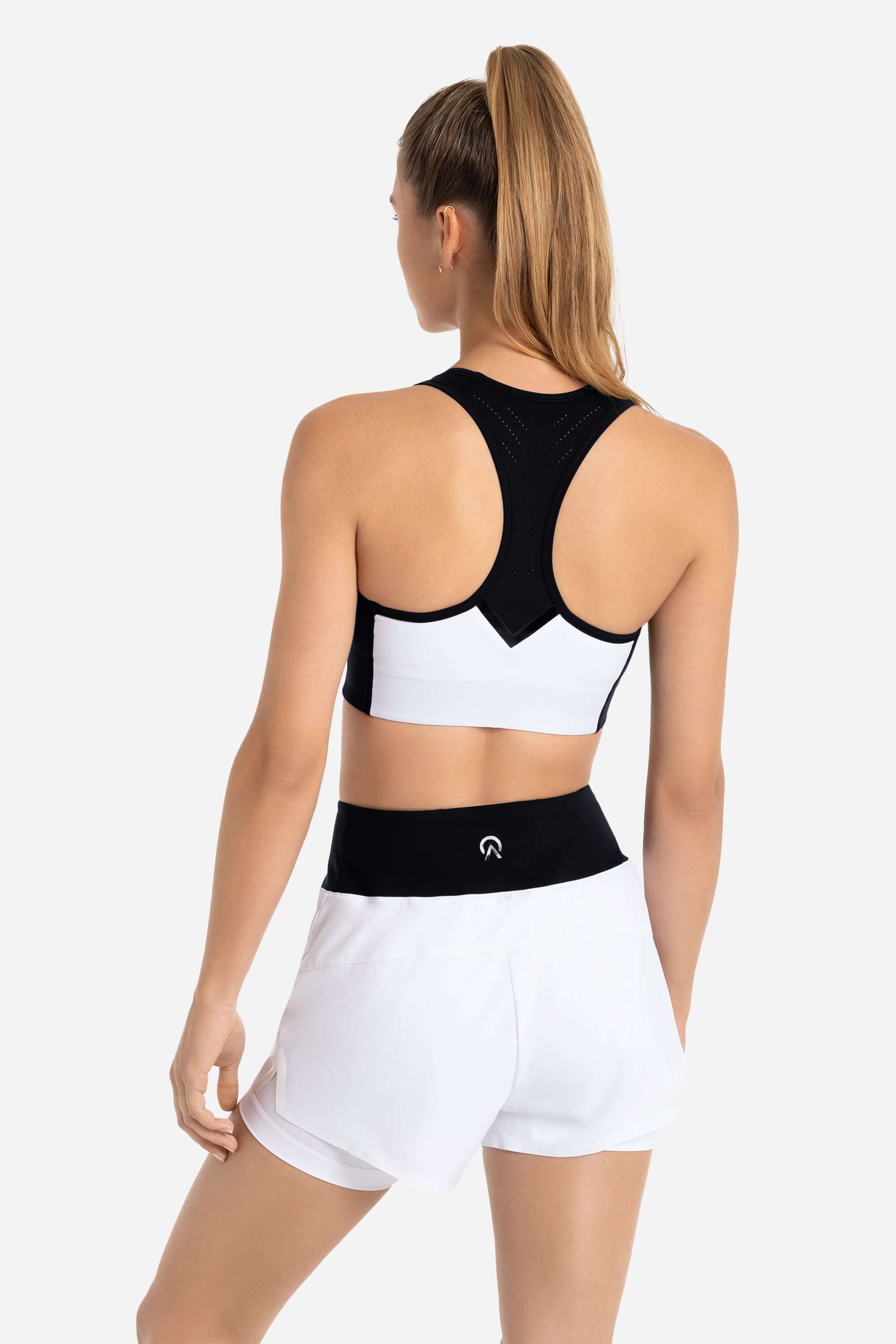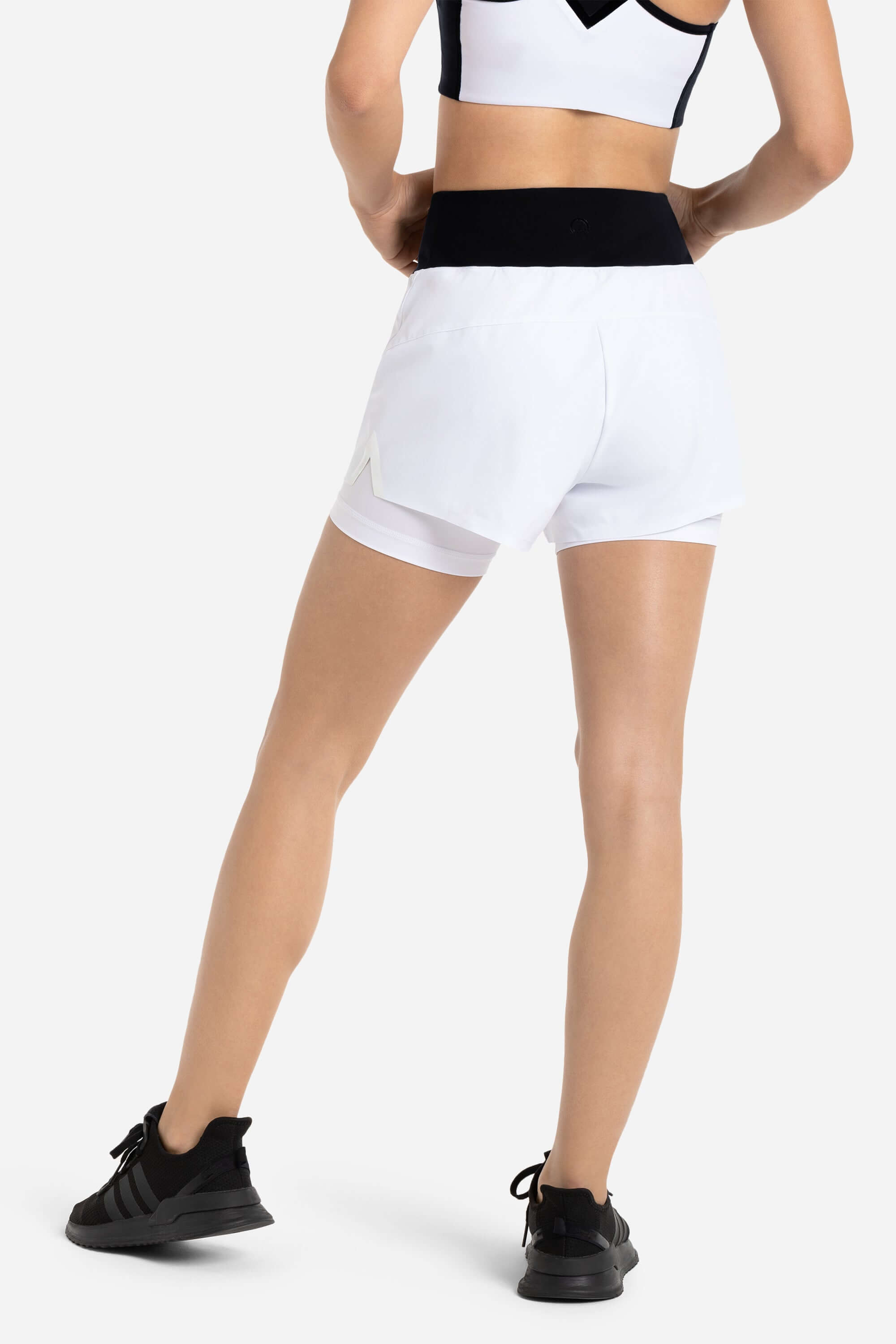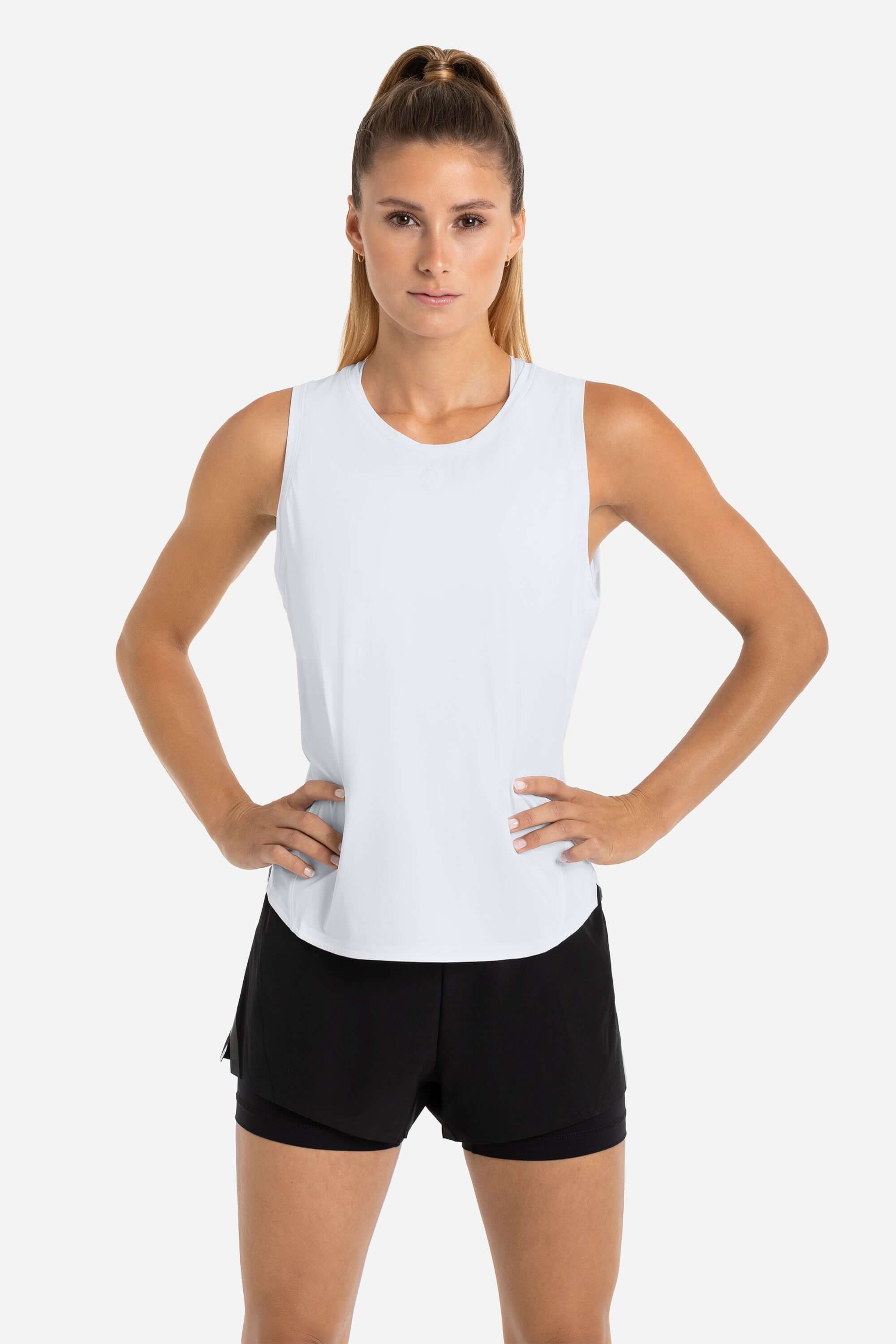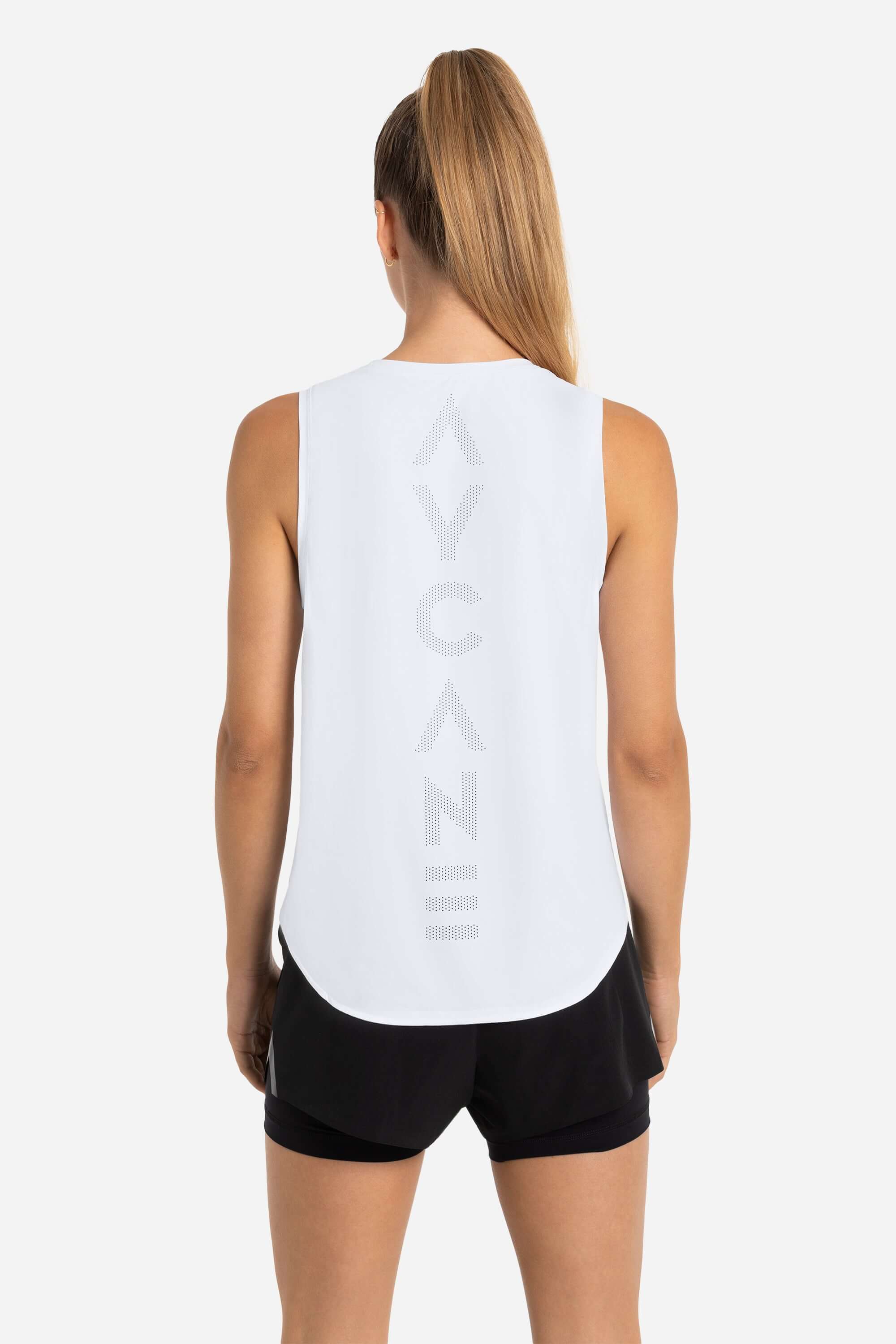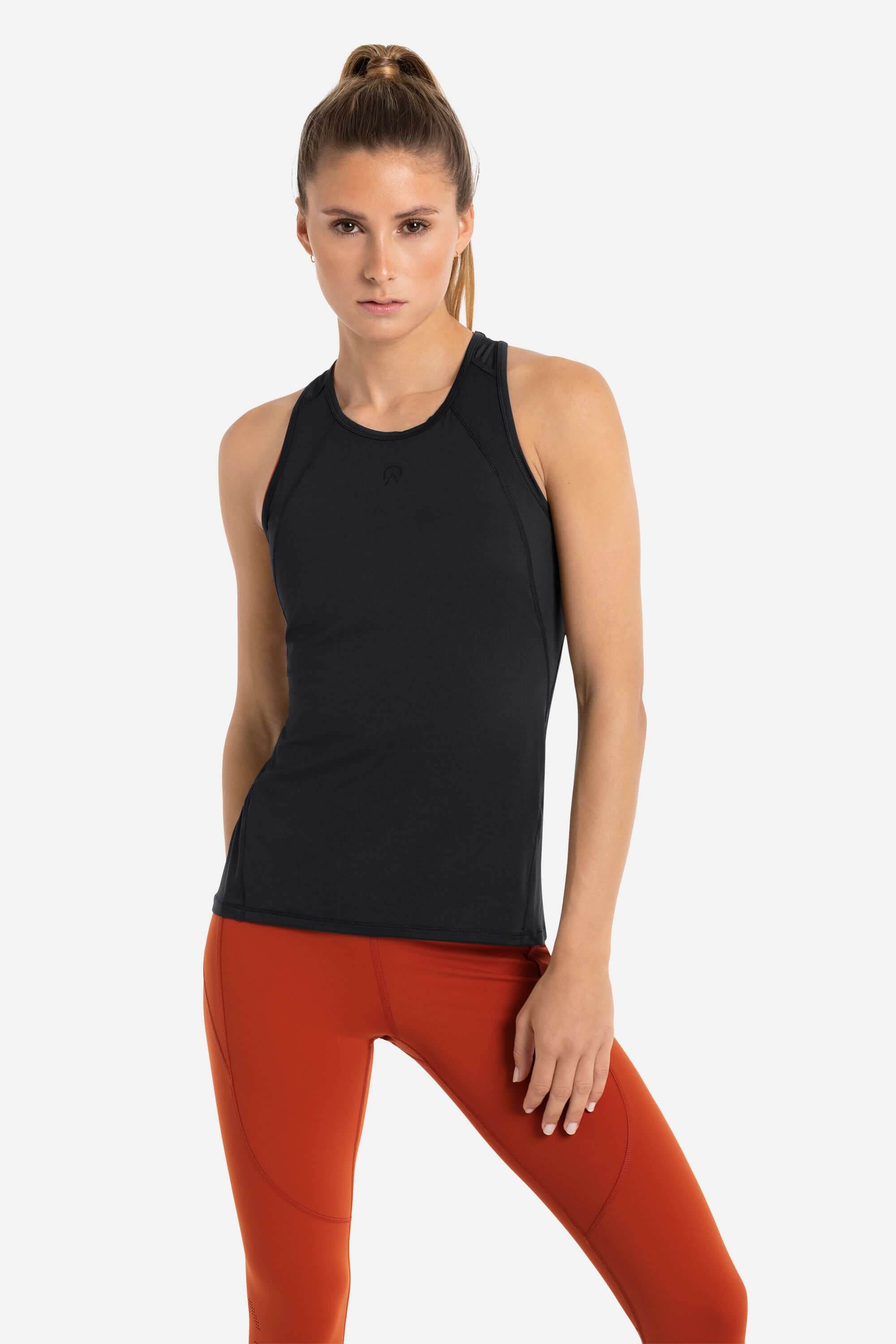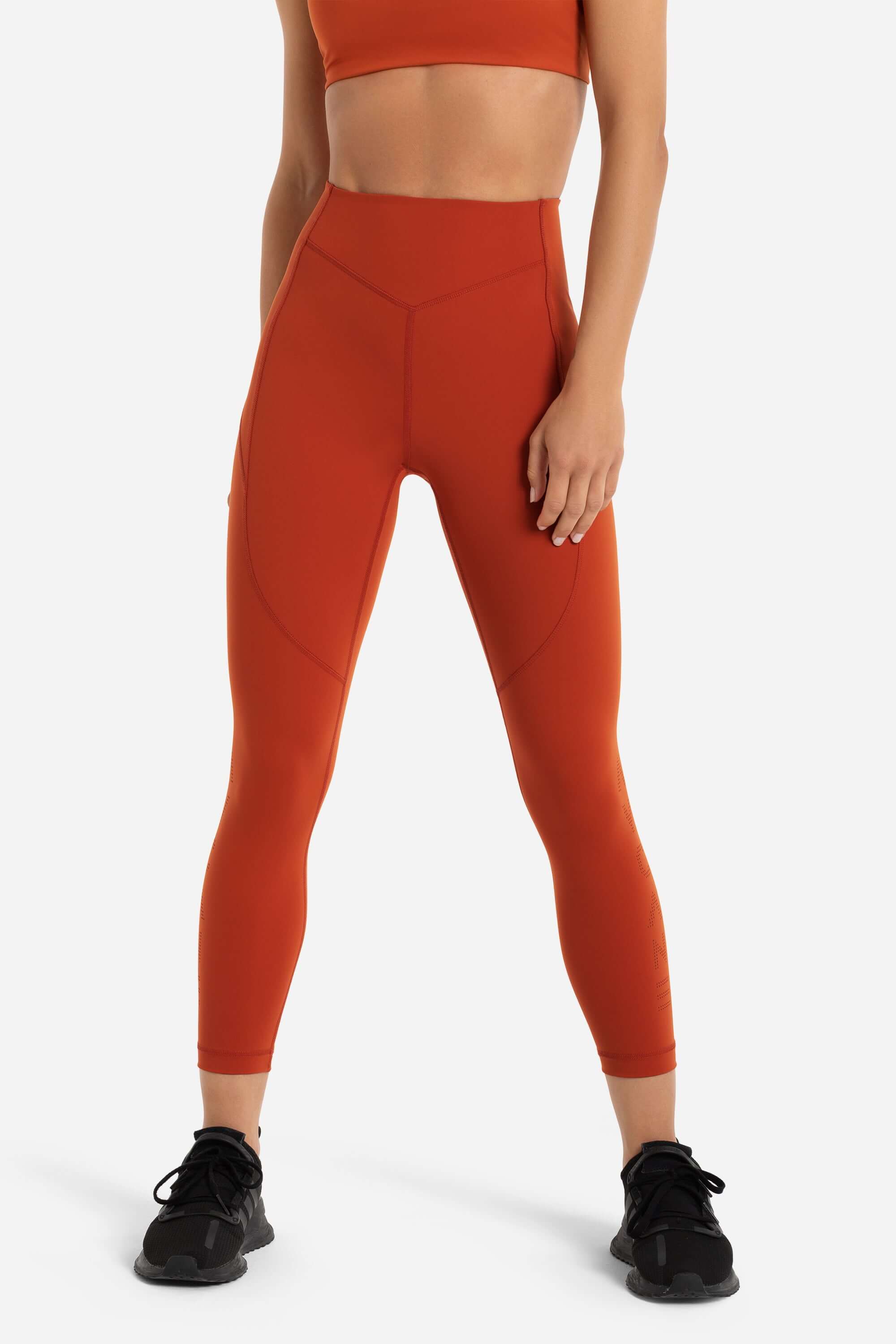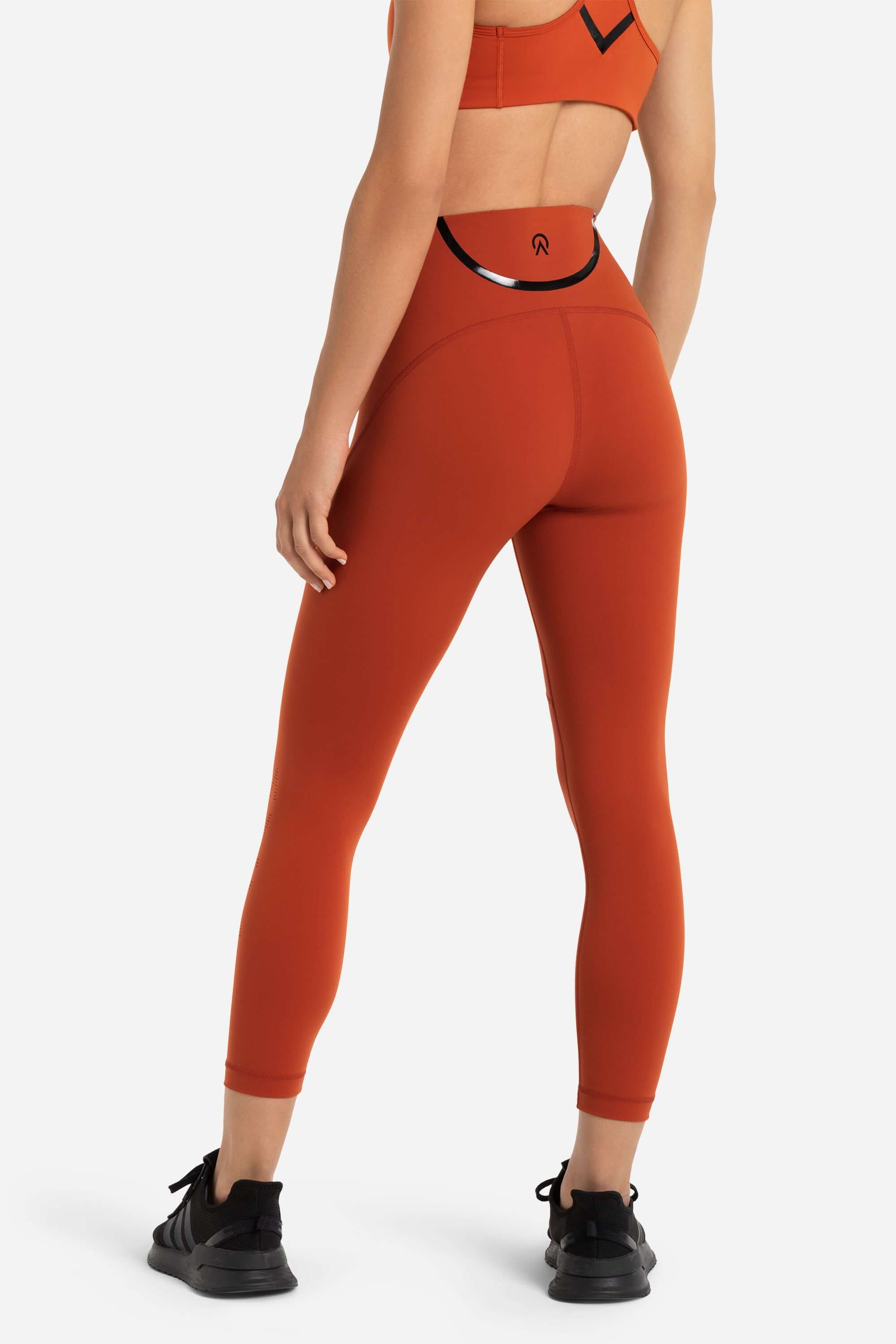How to Avoid Injury During Hockey Season
Hockey is a demanding sport and the long season is an absolute grind on the body. The speed, the physicality, the torsion, and unique loads on the body from skating and shooting with maximum exertion make it difficult to stay injury-free through a season.

Plus, players have to watch out for sharp skate blades, heavy contact from body checks, and slashes from clever players on opposing teams who know just where there are gaps in their protective equipment.
In fact, it’s rare to find a player who will tell you that they’re 100 percent at the end of the year.
So what can you do to stay healthy throughout a hockey season? Are there any strategies you can implement to help you stay injury-free?
Of course, there are! You can’t prepare for everything, and luck surely helps, but here’s what you can do to keep your body in mind in the best shape to help you avoid injury during the long hockey season.
1. Offseason Conditioning & Strength Training
Of course, injury prevention begins with good preparation. If you’re in good shape, you’ll put yourself in a better position to prevent injury.
Your offseason training program should focus on building strength and maximizing your cardio. For hockey, this means a heavy focus on building lower-body strength, core stability, and upper-body strength to improve your balance, agility, and resilience on the ice.
A well-built training program will help you win those all-important battles along the boards and in the corners, fight through checks, improve your speed and cardio, and keep you feeling strong throughout the season.
An off-season program is important because injuries often occur when you’re tired. You try to lunge for the puck and put yourself in a vulnerable position rather than taking the extra stride and pushing through. When your body is strong and prepared, it won’t wear down as fast. Makes sense, right?
Working with a trainer or coach can help you develop a personalized program that targets your specific needs. If more speed is your goal, you can also refer to the AYCANE speed training program that Timo Meier uses every offseason with speed coach, Raphael Schuler.
2. Proper Warm-Up and Stretching
Before you step onto the ice, it's vital to engage in a thorough pre-game warm-up and stretching routine. Why? Because warm muscles and joints are less prone to injury.
You’ll often see professional players in a circle kicking around a soccer ball before a game, but they’re also visiting the training room to work on any ailments and going through stretching programs with bands and dynamic movements. Static stretching should mostly be saved for post-game or an evening wind-down, but pre-game should be about movement.
A good pre-game routine begins with light cardiovascular exercises like jogging or jumping jacks to raise your heart rate. Some players also hop on a stationary bike. You can then follow this up with dynamic stretching to enhance your flexibility, focusing on areas like the hips, hamstrings, and shoulders — areas most prone to hockey injuries. A good dynamic stretching routine includes movements like leg swings, arm circles, and high knees.
Every player may have different needs or areas of focus, but doing a pre-game warm-up and dynamic stretching routine can help build camaraderie and help get everyone ready for the game.
3. Work On Your Technique
Often, an improper stride or shot can be the root cause of injury. Skating is such a unique motion that proper technique is absolutely necessary to ensure you’re moving your body properly and getting the most out of each stride. No runners or ankle benders here!
Even professionals work with power skating coaches to maximize their stride and speed while also preventing injury. You’ll learn the proper loads and body positioning to make sure your body is working in harmony when you’re zooming around the ice.
The same goes for shooting — poor shooting technique can put negative loads on your wrists, shoulders, and even your neck and hips. Good players are constantly working on their shot both in static practice as well as catching and shooting from awkward angles, which we all know is how the majority of our shots are taken in games. If you practice and use proper technique, your body will know how to react in real-time in the game.
4. Learning How To Take & Deliver A Hit
Hockey is a rough sport! That’s why many of us love it. Body checking is part of the game and the physicality of hockey is where certainly many bumps and bruises emerge, but also more serious injuries. The best way to avoid injury when it comes to checking is to hit and absorb hits properly.
When you’re delivering a check, you always want to finish through your opponent. Don’t extend your arms but drive with your shoulders and/or hips. Absolutely never lead with your head.
On the defensive side, know how to take a check. If you’re along the boards, stay close and let the wall absorb some of the impact rather than leaving a gap. Instead of getting launched into the boards, your opponent will often bounce right off of you. You're stronger with the boards on your side rather than against you. Sense the impact coming and position your body properly to absorb the hit with minimal impact and you should be able to continue on in the play without injury.
That’s if all goes well, of course. Heads up out there!
5. Prioritizing Rest and Recovery
While you certainly want to go hard and maximize every training session, practice, and game, you never want to take things too far. Overtraining is a common cause of injuries in hockey.
You need to give your body time to rest and recover between intense training sessions and games. This means getting enough sleep, eating a balanced diet, and staying hydrated. If you have some discomfort in a certain area, pay attention to your body and let it recover. The best option isn’t always to be hockey-tough and just push through it. It’s a long season!
Take a break when your body needs it and you’ll help avoid fatigue and chronic wear and tear injuries.
BONUS: Use Quality Protective Gear
Obviously, we’re biased here as we’re in the hockey equipment business, but having well-fitting gear is incredibly important to avoiding injury. You know the gear you need, but hockey baselayers with cut protection can take safety to another level and protect those vulnerable, exposed areas from sticks and skates.
Not only that, but they’ll regulate your body temperature to help you stave off fatigue and avoid the injuries that come along with it. If you’re able to keep your body from overheating, you’ll also be able to recover faster after a game, keeping you safe and fit throughout the season.
Conclusion
Hockey is an exhilarating, rough-and-tumble game that just so happens to be played on ice — perhaps the most unforgiving surface in all of sports. Take these steps to do what you can to keep your body fit and safe throughout the season and you’ll do what you can to avoid injury.

